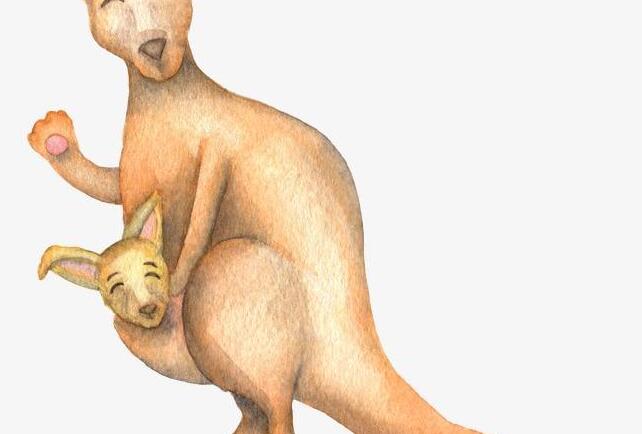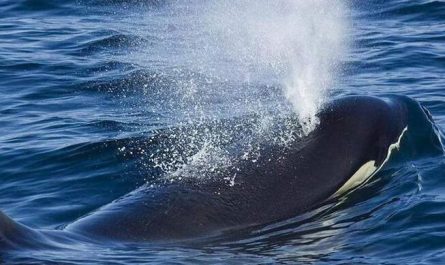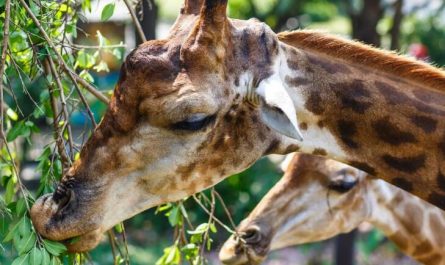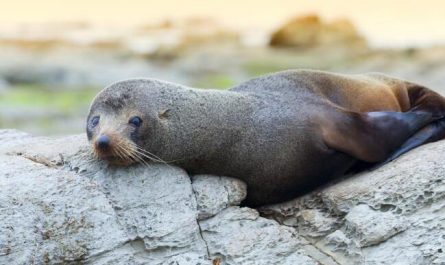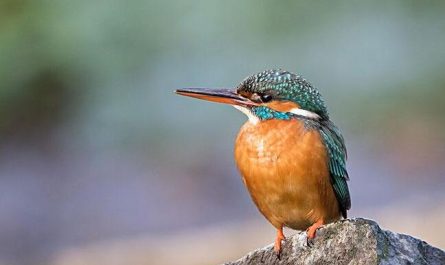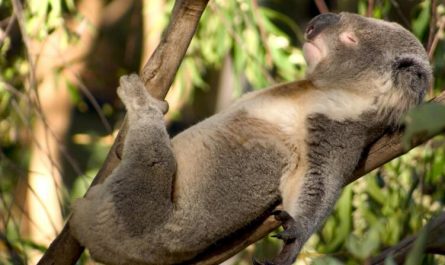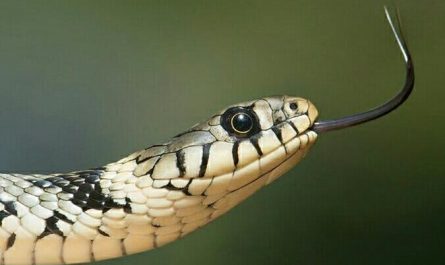The reason why mother kangaroo has a pocket
The pouch is a pouch formed by skin folds on the abdomen of a marsupial female. There are several nipples in the pouch. This pouch is called the pouch and is supported by the so-called pouch bone in front of the pubic bone. The fetus moves into the pouch at an early stage of development. The nipples inside the pouch continue to develop. The monoporous echidna only has a temporary pouch during the reproductive period, with a milk sac inside, where the eggs hatch, and the young children develop here. The similar structure of the hippocampal male is called the oocyst.
All female kangaroos have a pre-opening pouch with four nipples in the pouch. “Pups” or wallabies are raised in the pouch until they can survive in the outside world.
Kangaroos are a kind of marsupial mammals, and marsupial mammals and placental mammals receive different care after birth due to the difference in congenital development.
The baby kangaroo is less than 3 cm long when it is born. Its tail and hind legs are almost like small grass sticks. The eyes are tightly closed, the mouth is just a small hole, and the ears are not long. Only the front legs are well developed and have toes. The donation armor has grown. Therefore, it needs to stay in the mother for a while. The baby kangaroo can instinctively crawl to the mother’s belly pocket. The mother kangaroo licks a path for it on her fur, The baby kangaroo followed this path step by step to the mouth of the nursery bag, and then jumped into the bag. Once in the bag, the baby kangaroo can quickly find the mother’s nipple, so it tightly embraces the mouth. After a few weeks, the baby kangaroo gradually grew up under the nourishment of breast milk. It was covered with hair and its ears were full. He opened his eyes and stuck his head out of the pouch. After a few months, the baby kangaroo could be able to grow up. Playing outside the bag. But if it is in danger, it will immediately jump back into the mother’s pouch. After the baby kangaroo grows to six months, the pouch can no longer fit it, and it gradually eats grass and plants by itself , Started self-reliant
Although kangaroos are viviparous, they have no placenta. The mother kangaroo gave birth to a small kangaroo the size of a pencil head in four or five weeks of pregnancy. It is 2 cm long and weighs 0.5-0.75 grams. It has no hair and can not see anything. It depends on the forelegs and sensitive. With a sense of smell, the baby kangaroo crawled into the nursery bag along the path that his mother gave it, and the nipple in the bag developed and grew. After 200 days, the baby kangaroo can go out and move, but when it is dangerous, it will get into the bag immediately and be taken by the mother. To escape. When the child in the bag grows to be able to live independently, the mother will not allow it to enter. Kangaroo’s fertility is amazing, when the child in the bag can live independently, the second child is born, and at the same time, the mother again Pregnant with the third little life.
The growth and reproduction of kangaroos
Since the female kangaroo has two uteruses, the baby in the right uterus is just born, and the baby in the left uterus is pregnant with the baby’s embryo. Kangaroos grow up,
The embryo only begins to develop after leaving the pouch completely. Wait until about 40 days before being born in the same way. In this way, the left and right uterus will take turns to become pregnant. If the external conditions are suitable, the mother kangaroo will keep reproducing.
Kangaroos reproduce once or twice a year. Baby kangaroos are born about 30-40 days after fertilization. They are very small, have no eyesight, and have less hair. They are stored in the mother’s nursery bag immediately after giving birth. It wasn’t until 6-7 months before I left the incubator for a short time to study and live. One year later, he can be formally weaned and leave the nursery bag, but he is still active near the mother kangaroo, where he can get help and protection at any time. A female kangaroo can have a baby kangaroo outside the pocket, a baby kangaroo inside the pocket, and a baby kangaroo waiting to give birth at the same time.
When the baby kangaroo grows to four months old, the hair on the whole body is full, the back is black and gray, and the abdomen is light gray, making it look pretty. At five months, sometimes when the baby kangaroo sticks her head out, the female kangaroo will press her head down. The little kangaroo became more and more mischievous. When the head was pressed down, it would stretch out its legs and sometimes drag its tail outside the bag.
Sometimes, such a big kangaroo will poop and urinate in the pouch. The mother kangaroo has to “clean” the pouch frequently: it uses its forelimbs to open the mouth of the pouch and uses its tongue to carefully put the pouch in and out of the pouch. Lick it clean. After seven months of growing up in the nursery bag, the baby kangaroo began to jump out of the bag and move around. But when frightened, it will quickly get back into the nursery bag. At this time, the nursery bag has also become like a rubber bag, very flexible, can be opened and closed, it is very convenient for the baby kangaroo to get in and out.
Finally, the baby kangaroo grew into a nursery bag and could no longer hold it, so it had to move out of the bag to live. But it has to live on the mother’s kangaroo’s milk, so it gets its head into the nursery bag to feed on it.
It takes three or four years for the kangaroo to mature and become a large kangaroo with a height of 1.6 meters and a weight of more than 100 kg. At this time, its physical strength has reached its peak, and it can jump 65 kilometers per hour; a sweep of its tail can cause death.
